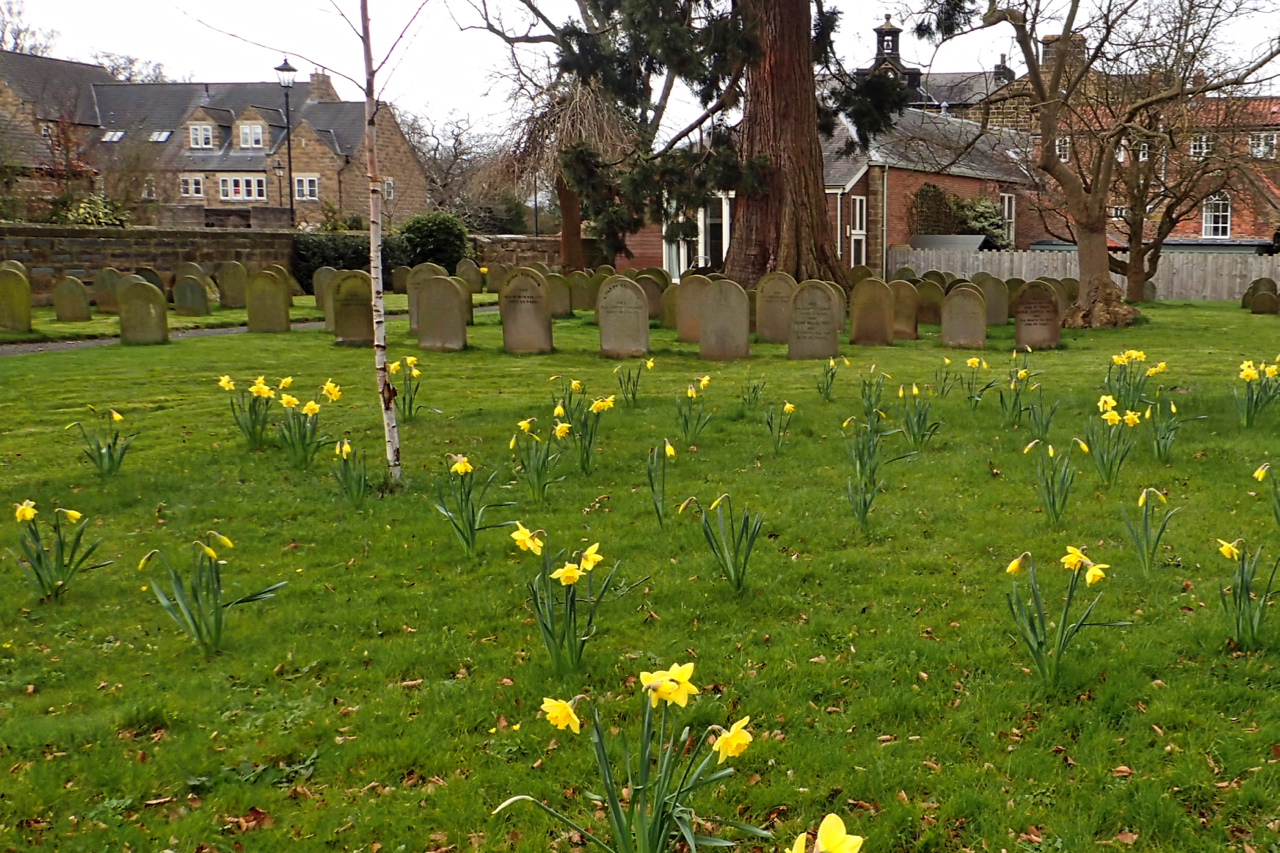The Religious Society of Friends was first recorded in the village in 1689 with the ending official persecution when the magistrates at Thirsk issued a certificate to establish a place of worship. This would have been a room in a private house but by the turn of the century, a specific meeting house had been built on the site of the current meeting house behind the tall Scots Pine.
The term Quakers may have originally been derogatory but came to be accepted, if not embraced. Their founder, George Fox, believed people didn’t need churches or clergy to experience God and, in the North York Moors, far away from the major centres of conformist religion, the religion quietly spread. Quakers were diligent, honest and very hard working. They were very active in village life, major benefactors including the founding of the Friends’ School which building still dominates the High Green today although now private residences. Further afield they were influential in the expansion of the iron and steel industries which came to dominate Teesside and the Cleveland Hills. Quaker graveyards can be identified by their uniform and plain gravestones unadorned with carved flowers, scrolls and memento mori.

Leave a Reply